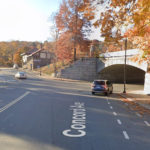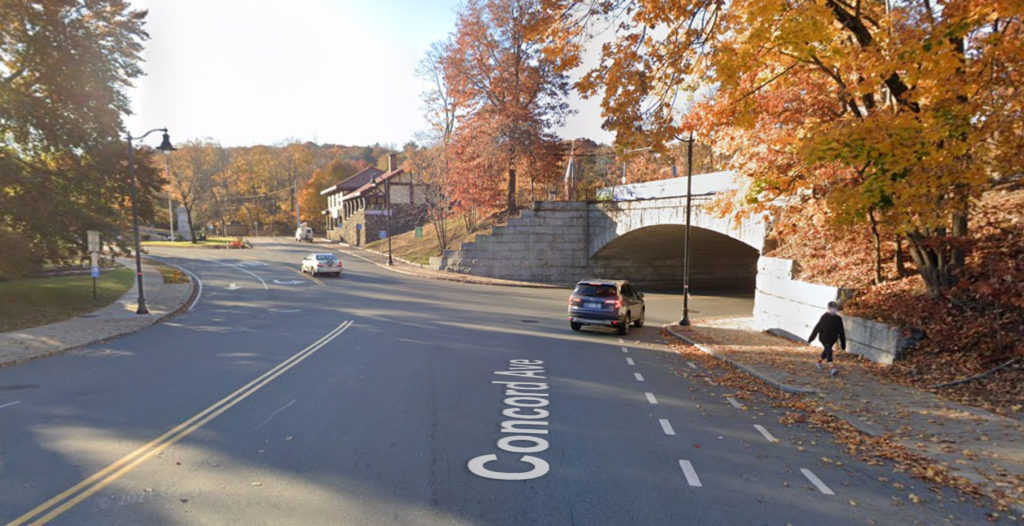
My home is in Waltham, and my dentist’s office is in Arlington. I have occasion to ride my bicycle through Belmont on the way there and back.
Today (May 22, 2023) I was waiting for the red light at Cross and Brighton Streets when a car approaching in the opposite direction got a green light, but the light remained red for me.
I had to run the red light to get through the intersection and I had no way to know when the red light for the cross traffic would turn green.
The same thing happened a second time on Sycamore Street at Lexington Street, only a block away from the Belmont Wheelworks bicycle shop.
Why? Many traffic lights are triggered by metal detector wires buried in the surface of the roadway, and their sensitivity is set too low to respond to a bicycle.
Most bicyclists aren’t aware why, and are being covertly trained to run red lights. Motorists find nothing wrong with those lights! It’s those scofflaw bicyclists, right?
Fixing the problem requires only laying wires in a different pattern to create a more directional antenna, as has been known and put into practice for nearly 40 years, see john-s-allen.com/blog/2018/08/the-definitive-paper-about-loop-detectors-published-ca-1986/.
Then the detector can respond to a smaller vehicle without triggering falsely on a vehicle in another lane.
This issue among others reveals what I regard as a deficit of imagination in planning for bicycling in Belmont, despite the high level of environmental and civic consciousness which the Belmont Citizens Forum displays.
Belmont has now created a separated bikeway supposedly appropriate for child cyclists on Concord Avenue, which has numerous crossing and turning conflicts at connecting streets and driveways. These conflicts account for most car-bike crashes, and the separation worsens the problem by hiding bicyclists and motorists from each other. The westbound separated bike lane leads bicyclists into the intersection at the Leonard Street bridge, already challenging, at the absolutely worst lane position to cross onto Royal Road or Common Street.
In a previous letter (See “Letter to the Editor: Belmont Cycling Safety,” BCF Newsletter, September 2021) I proposed, instead, striped bike lanes adjacent to the median, much better for motorists and adult bicyclists, and safer when crossing Concord Avenue on foot or on a bicycle.
School Street, as I suggested in my article, offers a calmer alternative to Concord Avenue for east-west bicycle traffic, with its traffic signal at Common Street, except that Belmont has made the block past the Wellington School one way when students are arriving and leaving. In my previous article, I suggested a contraflow bike lane as an easy solution.
I support Belmont’s planned segment of the Mass Central Rail Trail, which will avoid all the intersection issues in Belmont Center.
May I suggest, in summary, that Belmont needs a traffic plan which takes advantage of each street according to the opportunities which it reasonably offers?
May I also suggest that with the advent of electrically assisted bicycles, these issues are becoming more acute? Belmont will need to promote orderly traffic operation with signals that work, and dissuade e-bike riders capable of sustained speeds of 20 or 28 miles per hour from riding on a rail trail shared with pedestrians and child cyclists. That will require a plan which looks forward and addresses real problems with real solutions. As of now, the rail trail does; the installations on Concord Avenue and School Street do not.
John S. Allen



Sorry, the comment form is closed at this time.